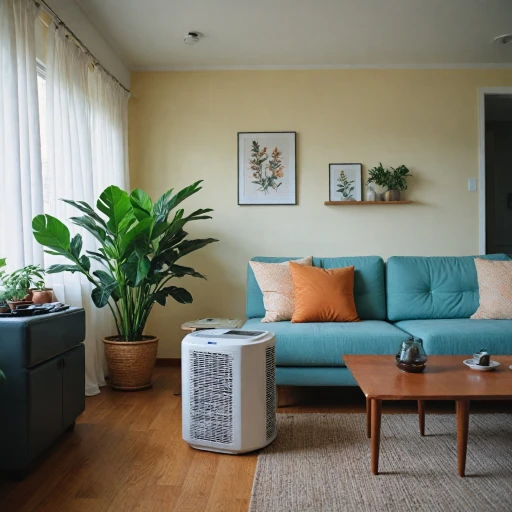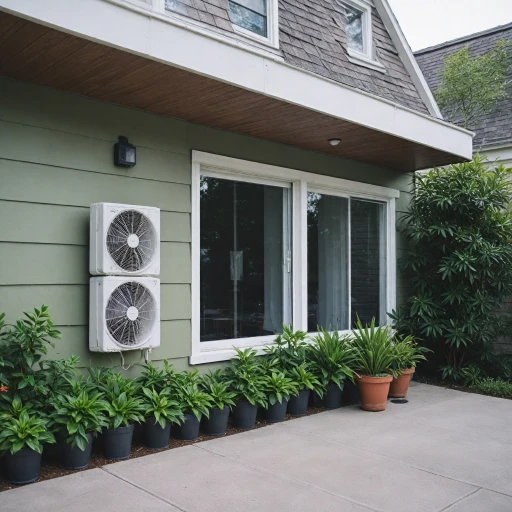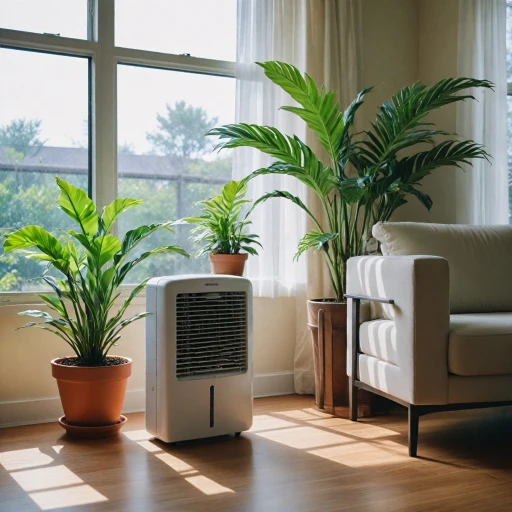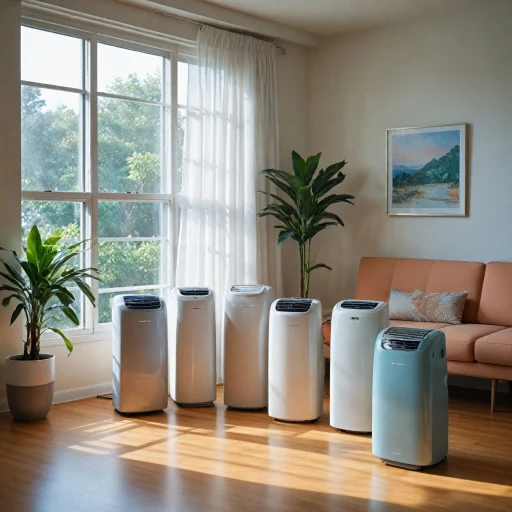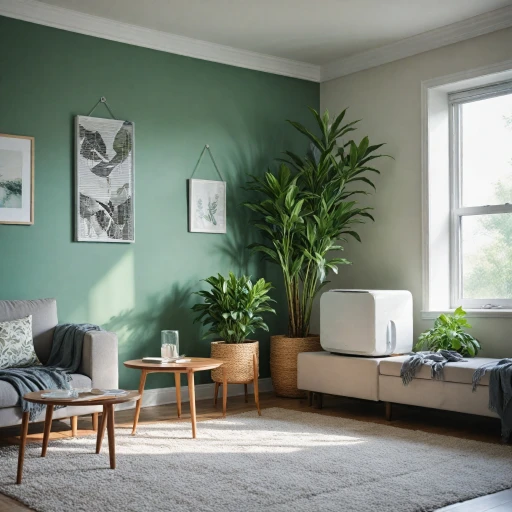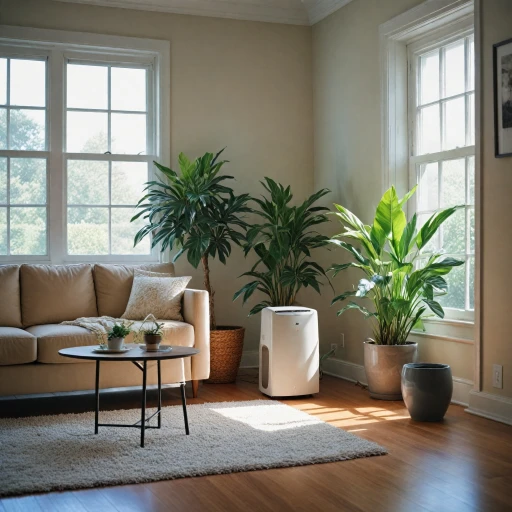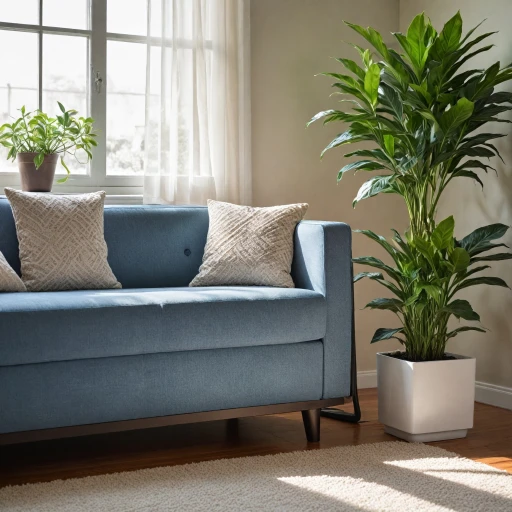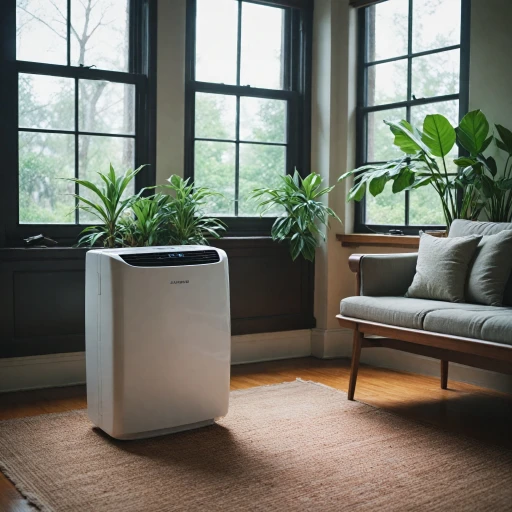
Comparing Split Unit and Portable Air Conditioners
Deciding Between Split Unit and Portable Air Conditioners
When evaluating air cooling solutions, you may find yourself deciding between a split unit air conditioner and a portable one. Both have unique advantages that may cater to different needs and preferences. Let's delve into some key considerations that might guide your decision.
Split unit air conditioners, often referred to as mini splits, offer an energy-efficient solution by allowing specific temperature control in different zones of your home. These systems generally consist of an outdoor unit and one or more indoor units, providing a ductless mini solution to your cooling needs. In contrast, portable air conditioners are ideal for those seeking flexibility and easy installation, as they can be moved from room to room without major setup requirements.
Energy efficiency plays a crucial role in the decision-making process. Split systems are often rated highly on energy efficiency scales, boasting significant SEER (Seasonal Energy Efficiency Ratio) ratings and energy-saving capabilities. However, portable air conditioners have come a long way, with many models carrying the Energy Star certification, ensuring ample savings on energy costs.
Beyond energy efficiency and cost savings, cooling capacity and performance are also essential factors. Split systems often bring higher BTU (British Thermal Unit) ratings, which translate to powerful cooling that's suitable for larger spaces or multiple rooms. Portable air conditioners, although generally displaying lower BTU ratings, serve as efficient choices for smaller spaces or supplementary cooling needs.
For more detailed insights into how mini splits compare to portable options, check out this comprehensive guide on the benefits of a mini split air conditioner.
Energy Efficiency and Cost Savings
Maximizing Savings with Energy Efficiency
When evaluating air conditioning options, energy efficiency plays a pivotal role in managing long-term costs. The efficiency of an air conditioner is typically denoted by the Seasonal Energy Efficiency Ratio (SEER). High SEER ratings equate to better energy efficiency, leading to significant cost savings on your energy bills. For instance, modern units with a high SEER can offer considerable savings compared to older, less efficient models. Split systems, particularly the ductless mini-split air conditioners, are renowned for their excellent energy-saving capabilities. These units operate using inverter technology, which allows the compressor to adjust its speed based on cooling needs rather than operating at full capacity constantly. This results in a more efficient system that can reduce electricity consumption and costs significantly. Additionally, many of these units come with an Energy Star certification, ensuring they meet strict energy efficiency guidelines set by regulatory authorities. They can also be set in different zones, allowing you to control different areas within your home independently, maximizing comfort while minimizing energy waste. Compare this with portable air conditioners, which, although convenient and flexible, typically consume more energy to deliver the same cooling output. However, they provide an ideal solution for temporary or supplemental cooling needs and can be advantageous in spaces where installing a permanent system may not be viable. For more detailed insights into the capabilities and benefits of ductless AC systems, you can explore further here.Installation and Maintenance Considerations
Installation and Upkeep
When it comes to setting up a split unit air conditioner, several considerations come into play that differentiate it from a portable air conditioner. With split systems, the installation process is more intricate due to the need for an indoor unit and an outdoor unit connected by refrigerant lines. This complexity often requires professional installation, unlike portable units which are typically more straightforward and user-friendly right out of the box. The benefits of a well-installed split system, however, are compelling. These systems offer superior energy efficiency and can significantly save energy over time, particularly when purchasing systems with high SEER (Seasonal Energy Efficiency Ratio) ratings. Look for models that carry the Energy Star label to ensure maximum efficiency and cost savings. Maintenance of a split unit can be a bit of a commitment. Regular cleaning of filters and occasional servicing of the unit by a professional are advised to maintain optimal performance and prolong the lifespan of the unit. This is crucial for sustaining its cooling and heating capacity and preventing any decrease in performance over the years. In contrast, portable air conditioners require less upkeep complexity. You may only need to occasionally clean filters and ensure proper venting. For those curious about more details on compact portable air conditioners and how they could be a practical choice for your space, you can explore further insights here. Thus, when considering between split and portable systems, weigh the upfront installation effort and ongoing maintenance needs of a split air conditioner against the ease and portability of a portable option. For many homeowners, the sleek design and efficient operation of ductless mini splits make the upfront installation worth the long-term comfort and cost benefits.Cooling Capacity and Performance
Assessing Cooling Capacity and Performance
The performance of an air conditioning unit is crucial in determining how effectively it can cool a space. When comparing split unit systems with portable air conditioners, it's important to consider several factors to ensure you're getting the right cooling capacity for your needs. This not only affects comfort levels but also impacts energy usage and cost savings, as discussed previously.
With regard to cooling capabilities, split air conditioners typically offer a more consistent and robust cooling solution. They feature both an indoor and outdoor unit connected through pipes, allowing for efficient heat exchange. This split system often leads to a superior energy efficiency rating and can achieve a high BTU and SEER (Seasonal Energy Efficiency Ratio) ratings, which are indicators of energy efficiency and cooling power. Higher SEER ratings in split systems correlate with lower energy consumption and operating costs. Additionally, many modern split units are designed with inverter technology, allowing them to modulate their energy usage and maintain the desired temperature more precisely.
Portable air conditioners, on the other hand, offer the advantage of mobility and ease of setup, which can be particularly advantageous in rental properties or temporary installations. However, their cooling capacity is usually more limited compared to ductless mini split systems. The cooling power of portable units often ranges in the lower BTU ratings compared to the higher capacity split units. This makes them more suitable for smaller spaces or as supplementary cooling systems.
Another consideration is the heat pump function available in some split air conditioner systems. This feature allows the unit to provide efficient heating as well as cooling, offering a versatile and year-round climate control solution. Some units even carry the Energy Star label, indicating they meet specific criteria for energy savings.
When evaluating your options, consider not just the initial price but also the long-term efficiency and performance benefits. If you're aiming to save energy while ensuring optimal comfort, investing in a high-efficiency unit could yield significant savings over time.


